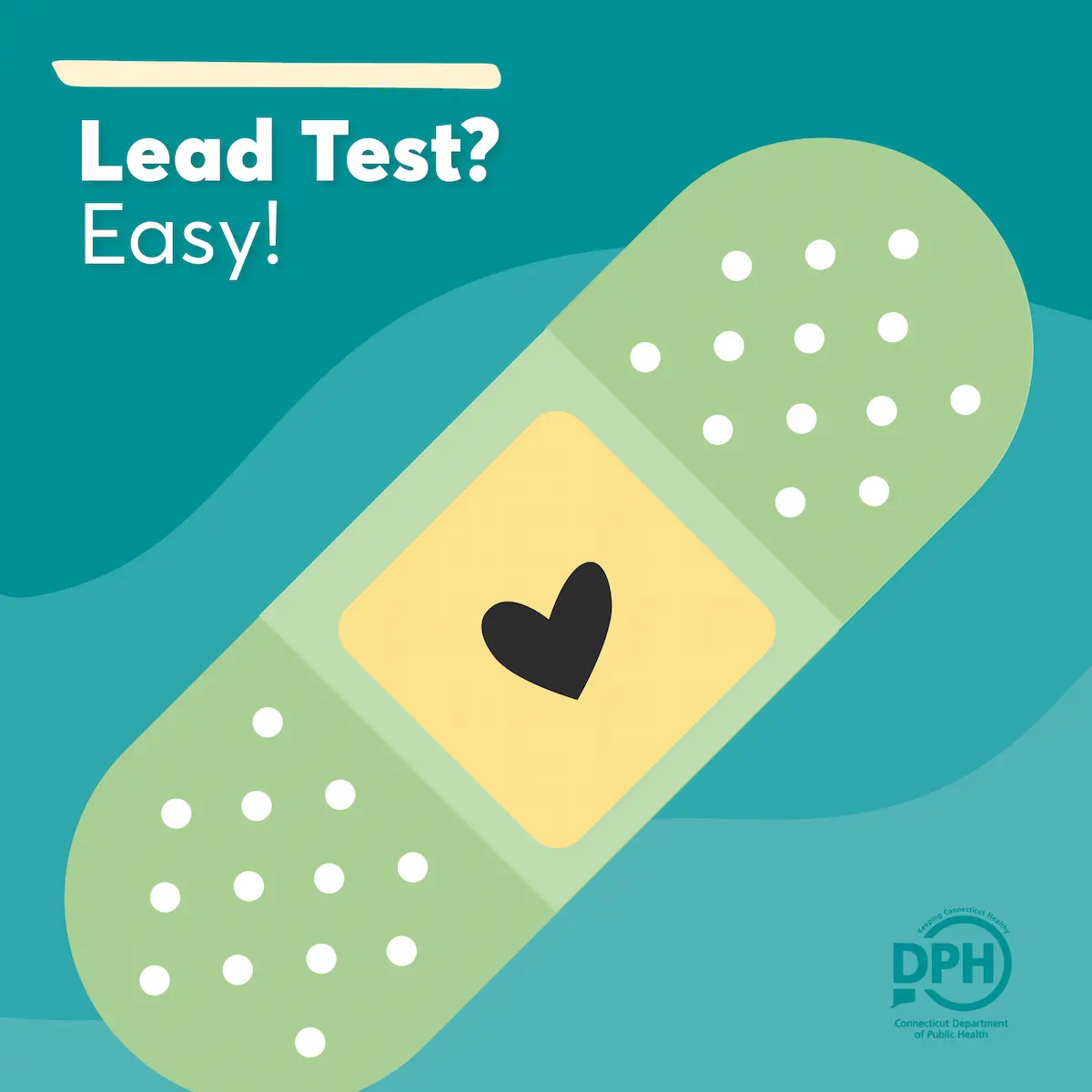The following content is from the CT DPH on October 22, 2023 and was not written by HVHD.
HARTFORD, Conn.— Oct. 22 – 28 is National Lead Poisoning Prevention Week. The goal of this awareness campaign is to bring together individuals, organizations, industry, and state, tribal, and local governments to increase lead poisoning prevention awareness in order to reduce childhood exposure to lead.
NLPPW highlights the many ways parents and caretakers can reduce children’s exposure to lead in their environment and prevent its serious health effects. The U.S. Department of Housing and Urban Development, the U.S. Environmental Protection Agency, the Centers for Disease Control and Prevention, and other partners work to heighten awareness of lead poisoning, provide resources, and encourage preventive actions during NLPPW and beyond.
“The most common source of exposure to lead is from lead-based paint. Lead paint is most commonly found in older homes built before 1978,” said Connecticut Department of Public Health Commissioner Manisha Juthani, MD. “It is estimated that roughly 70% of Connecticut’s housing stock was built before 1980. Lead paint becomes dangerous when it cracks, peels, or chips off painted surfaces. Young children are at an increased risk of exposure due to their frequent exploration and hand to mouth behavior. Children absorb lead more easily than adults because they are still growing and developing.”
Commissioner Juthani added that the rate of lead poisoned children in Connecticut has declined over the years; however, lead-related health disparities continue to exist. DPH data show that those living in urban communities and low-income families are at an increased risk.
Additionally, Non-Hispanic Black, Non-Hispanic Asian and Hispanic children in Connecticut are at greater risk for lead poisoning than Non-Hispanic White children. (Note: these groups are 2.6, 2.0, and 2.2 times more likely to be lead poisoned respectively.)
The Connecticut Department of Public Health is issuing the following prevention reminders for the community:
- The only way to know if a child has been exposed to lead is to have them screened by a medical provider.
- Connecticut mandates universal blood lead screening, and all children are required to be tested annually between the ages of 9 months and 35 months.
- While Connecticut is doing a good job of having children tested at least once before the age of 3, only approximately 60% of children receive two tests before the age of 3.[1]Talk to your child’s medical provider about blood lead screening, especially if your young child has not been tested for lead.
- Parents and caregivers can reduce their child’s exposure to lead in the home.
- Using wet cleaning methods to clean dust, washing hands and toys frequently, and restricting children’s access to deteriorated paint in older homes can help to prevent lead poisoning. Find out more at www.ct.gov/PreventLead or www.ct.gov/Plomo.


